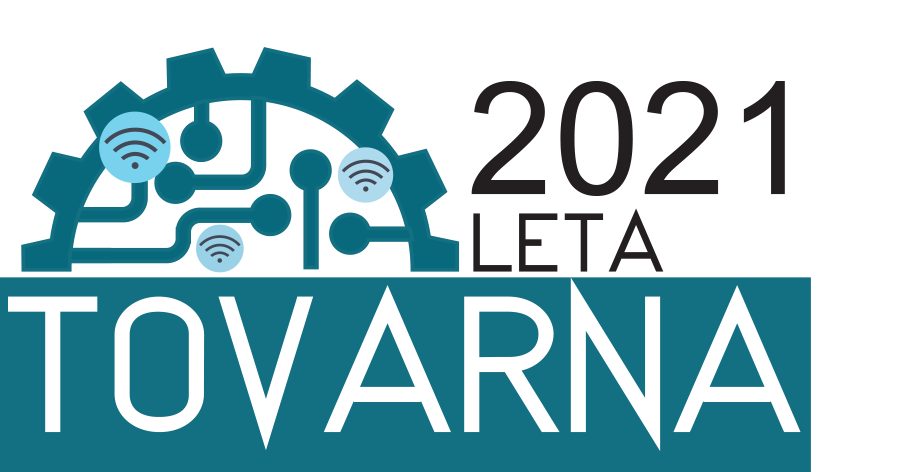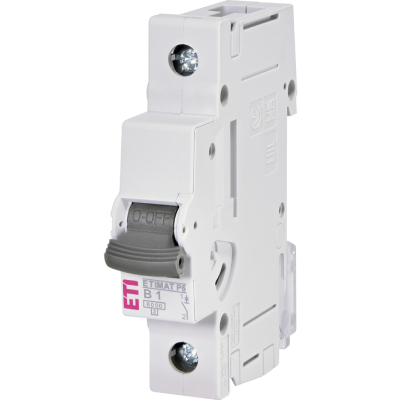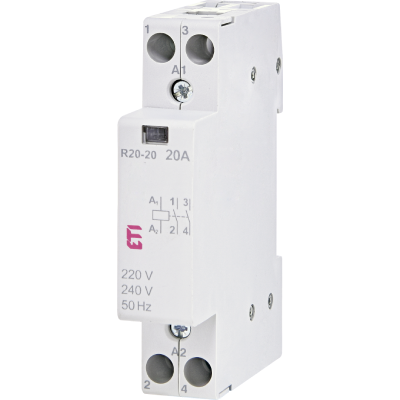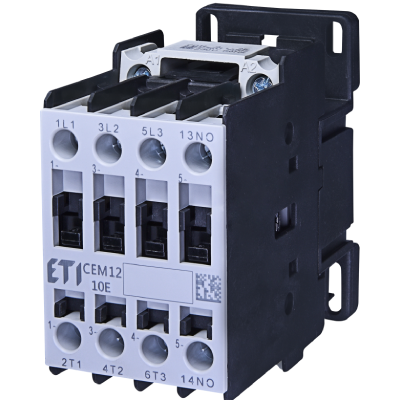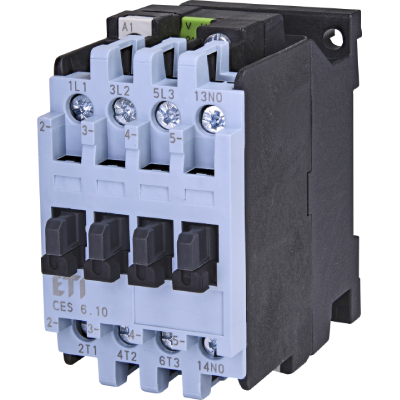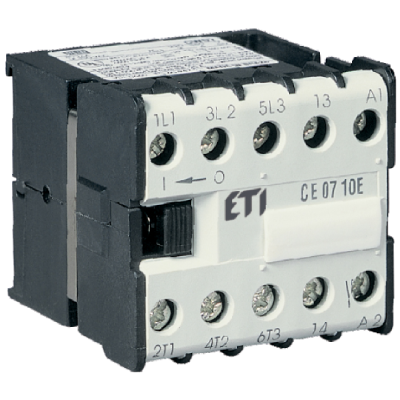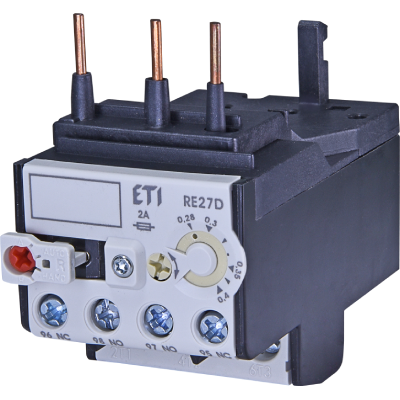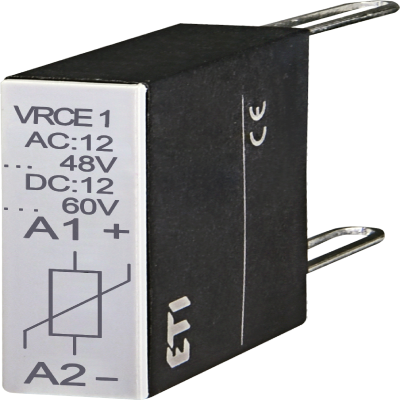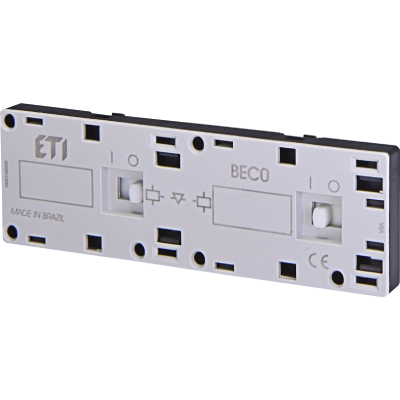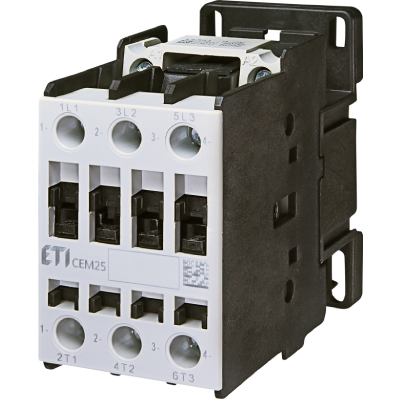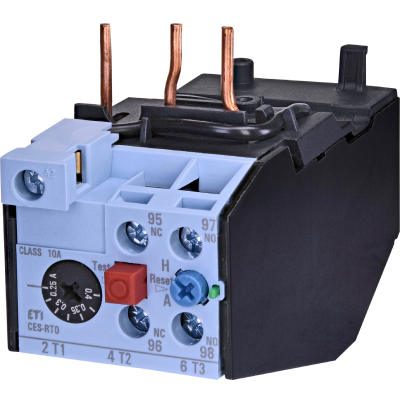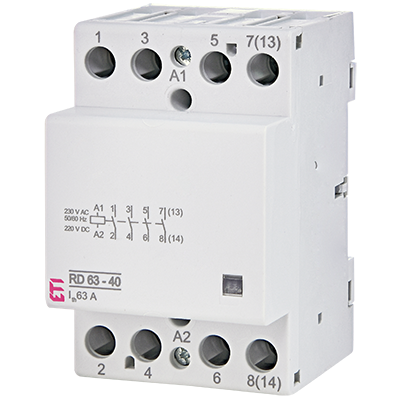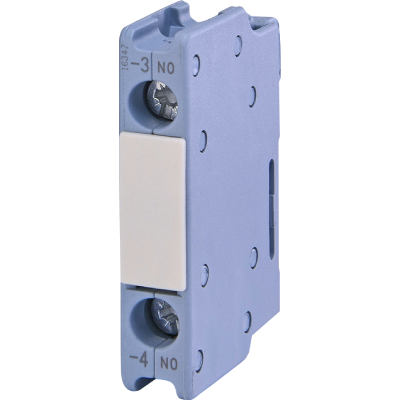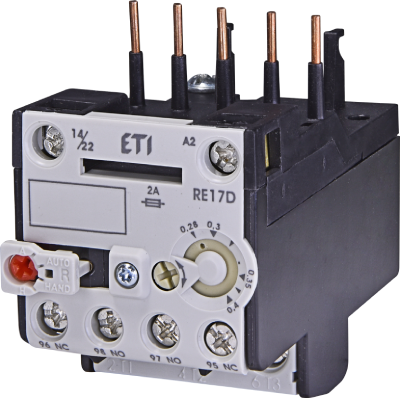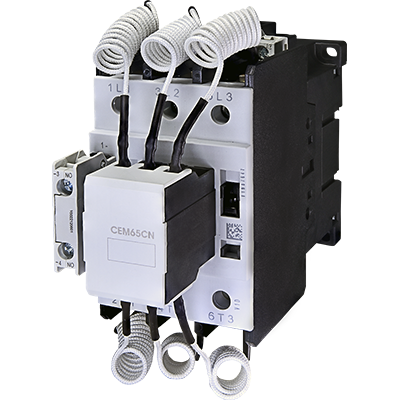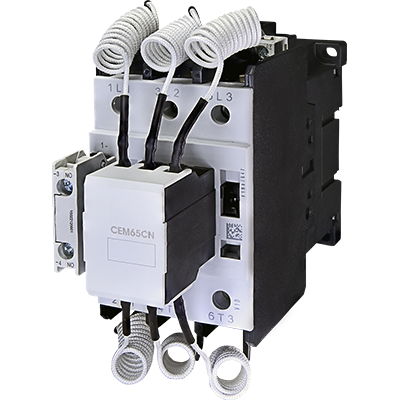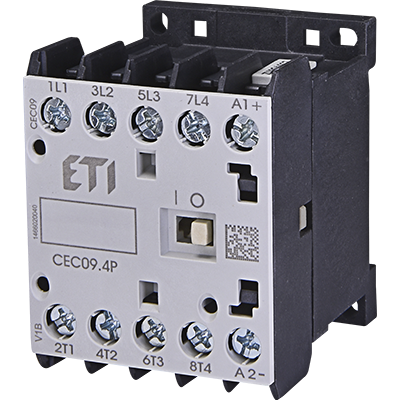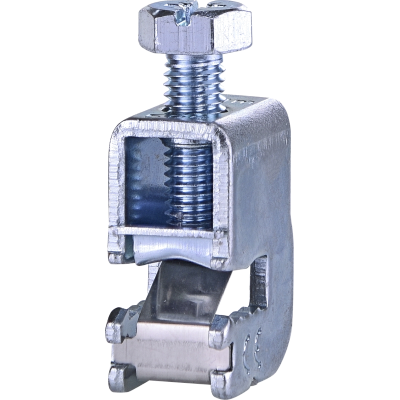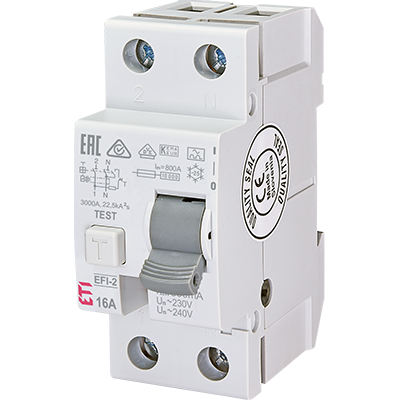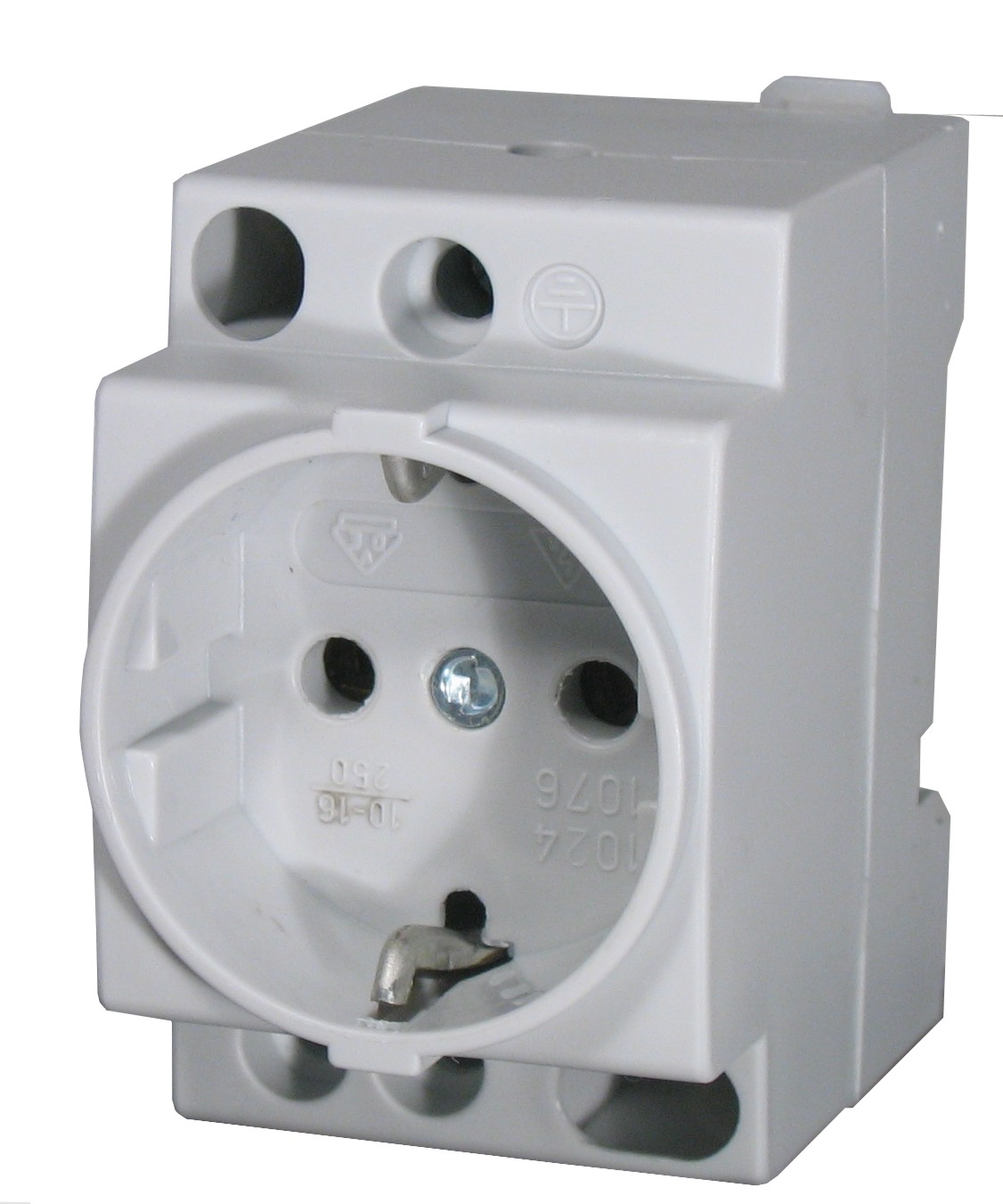Improved Assembly Line: Structure and Functionality
The assembly line consists of two primary segments centered around a rotary indexing table, which enables highly repeatable positioning and halting of products for efficient assembly. The first segment focuses on the assembly of contact subassemblies and the zero assembly, involving tasks such as clip addition, screw insertion, positioning of push plates, and inserting PCF contacts. This first segment replaces the former “bus” line, which had become outdated due to its inefficiency, wear, and lack of data-capture capabilities to monitor quality and process efficiency.
A dedicated pallet system facilitates the transfer of subassemblies between segments, doubling as an intermediate buffer. This system ensures that the second segment can continue uninterrupted for up to five minutes in case of a slowdown in the first segment.
The second segment, also utilizing a rotary table system, assembles two versions of the switch: the single-phase version (1P) and the phase-plus-neutral version (1P+N). Here, we incorporated a new technology for dispensing plastic components using vibratory plates, vision systems, and a SCARA robot, which is also used for inserting contact subassemblies and drawers into housings. This technology ensures fast, repeatable, and precise component placement that would be challenging to achieve with conventional manipulators. Additionally, the compactness of this solution saves significant floor space.

Picture of inserting a drawer
Quality Control and Data Monitoring
Our new assembly line integrates a Keyence vision system for component presence and dimensional checks, allowing precise defect detection and data export to track rejection rates by defect type. This capability enables us to quickly identify issues and take corrective actions to prevent potential product complaints.
The entire line is controlled through portable panels that provide real-time metrics, allowing operators to fine-tune settings to maintain stable and optimal performance.

Measurement panel
Additional Upgrades: Ultrasonic Welding and Automation Integration
As part of the new assembly line project, we also invested in a new ultrasonic welder, essential for joining the housing and cover of the fuse switch. The older welder, nearing its operational limits, was replaced by a modern system with more robust parameter monitoring. This system halts welding if parameters are not met, ensuring consistent weld quality.
Looking ahead, the line is designed with future automation potential in mind, including provisions for multi-pole switch assembly. Three output tracks allow for seamless integration with further automated processes.
Our new PCF fuse switch assembly line marks a significant advancement in our production capabilities, yielding higher efficiency, precision, and quality. By integrating new technologies and refining existing processes, we’re positioned to strengthen our market competitiveness and deliver superior products to our clients.


